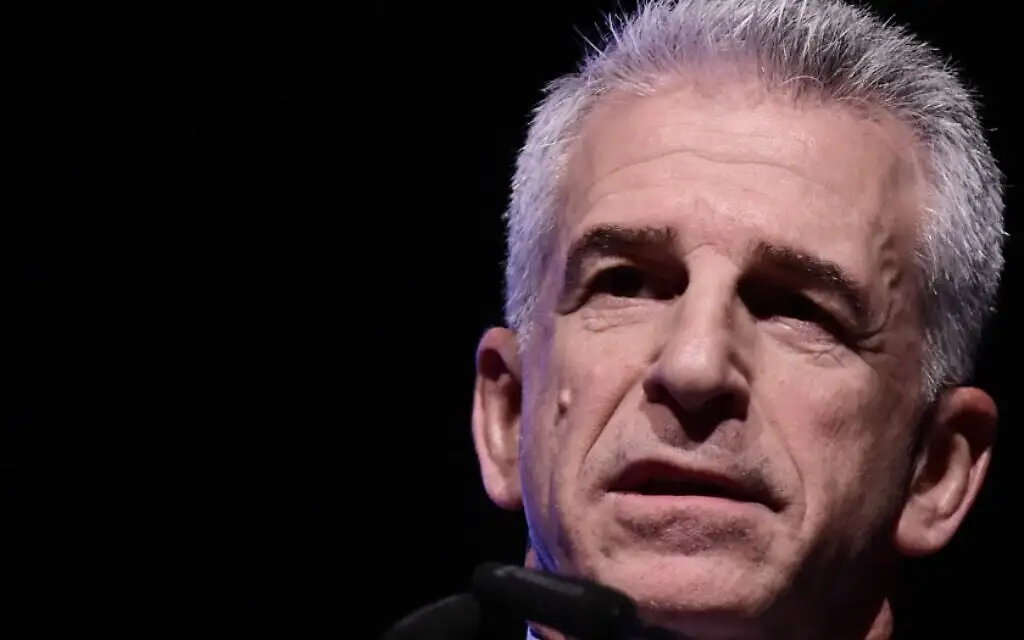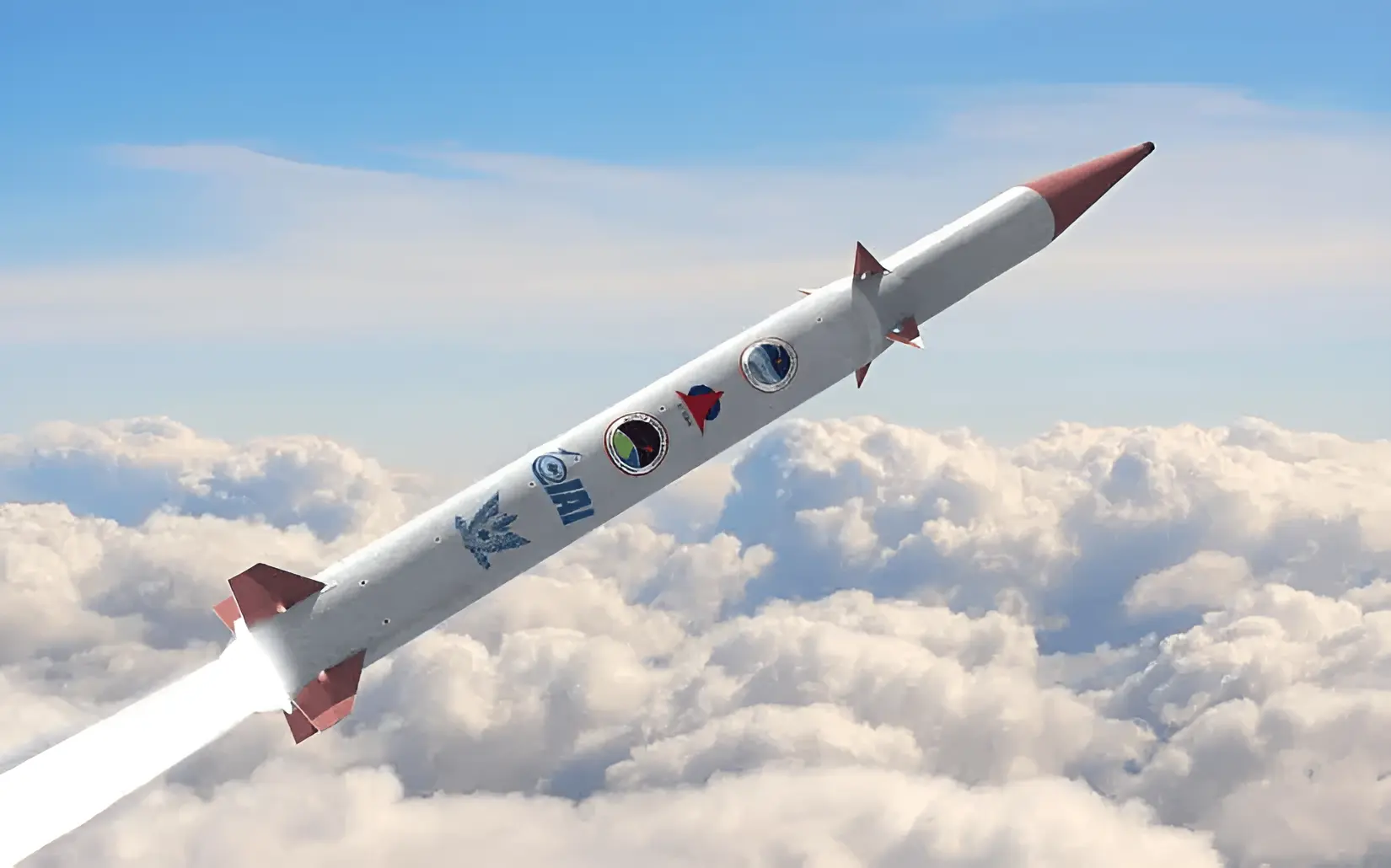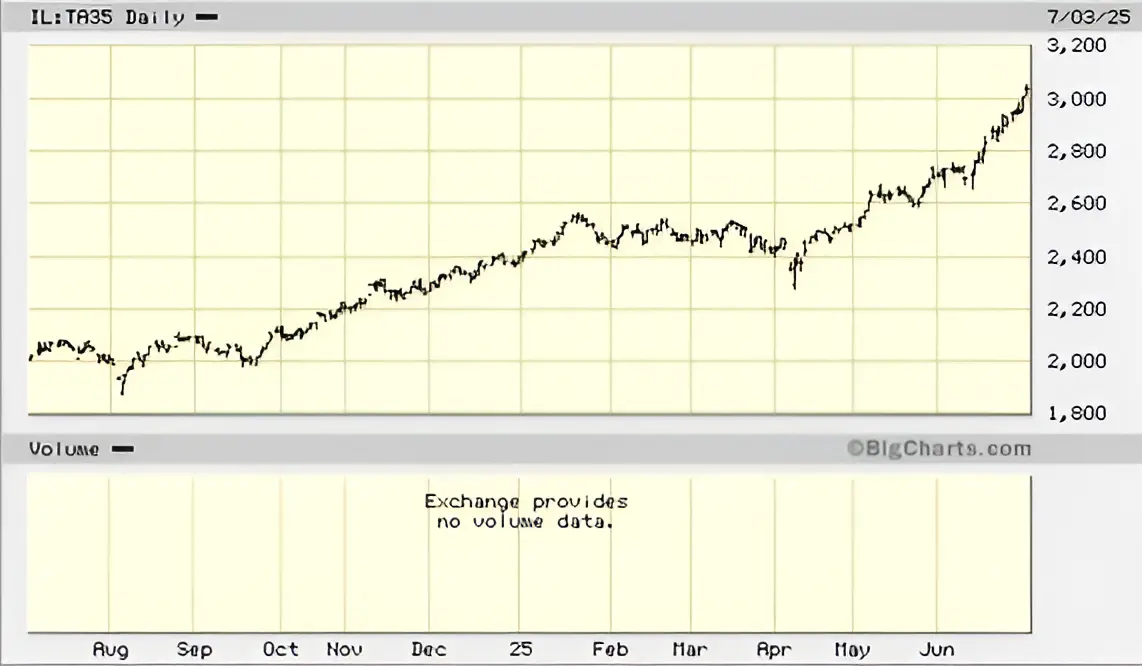Friday Features – July 4, 2025
Happy Fourth of July! The extraordinary link between the American conception of liberty and the heritage of the Jewish people is foundational. It is a verse from the Torah that is emblazoned on the Liberty Bell: “Proclaim LIBERTY Throughout All the Land Unto All the Inhabitants thereof” (Leviticus 25:10).
For more on how the stories of the Jewish people and America are bound together, please see Meir Soloveichik’s excellent essay in Commentary from 2022.
Meanwhile, the Jewish world is focused on the White House, where Prime Minister Netanyahu will meet President Trump on Monday. At stake: the hostages; the war to defeat Hamas in Gaza; the expansion of the Abraham Accords; and how to ensure Tehran does not reconstitute its nuclear and missile programs. Visit JewishNewsWire.com 24/7 to catch-up and keep-up.
Beyond these top headlines, there are many incredible, in-depth stories you may have missed. Let’s take a look at three.
1. Mossad Chief David Barnea Paved the Way for Triumph in Iran
Source: Times of Israel, by Shalom Yerushalmi
Israel’s spy-master worked from the shadows to build a campaign that crippled Tehran, winning the backing of a once-reluctant IDF and shocking Iran – and the world – yet again.

- The Mossad takes the lead: Unlike in the past, this time it was the Mossad that devised the plan, with the military eagerly jumping in to carry it out. The military’s backing marked a stark departure. Since 2007, most IDF chiefs – including Gabi Ashkenazi, Benny Gantz, and Gadi Eisenkot – opposed attacking Iran.
- The preparation: When he took over the Mossad head in 2021, Barnea led a “biometric revolution,” transforming the agency’s use of cutting-edge technology. “Barnea radically changed Mossad,” a senior defense official said. “He flipped the script and reached new heights in the use of technology for things like smart surveillance cameras and facial recognition.”
- Navigating “The Establishment”: It wasn’t easy for him. The Mossad is still a conservative organization, and Barnea had to fight many internal battles. In the end, he won. We saw the result on the streets of Iran. “Barnea is a brilliant operator,” the official added. “He’s thorough, with a different kind of charisma than his predecessor, Yossi Cohen. He’s someone who does the work without seeking headlines.”
- The preparation: Over the course of years, the Mossad managed to smuggle components for drones and munitions into Iran, inside suitcases, trucks and shipping containers. The parts were assembled inside Iran, then hidden away until the green light came. As fighter jets streaked toward Tehran, Natanz and other sites, the drones were activated and deployed against missile sites and air defense systems, clearing the way for the Air Force’s planes.
- The trigger: “Barnea understood there was no choice this time, we had to launch a full-scale offensive on Iran,” the defense official said. “The Iranians thought all the threats against them were nonsense, and nothing would actually happen, so they kept advancing. Now they are living those mistakes.”
- The operations: Coordination between the Mossad’s activities on the ground and the Air Force’s strikes from the sky was “down to the millimeter in terms of complexity,” according to a senior Israeli defense official familiar with the details.
2. Astonishing Data on Israel’s Technological Dominance in the 12-Day Iran War
Sources: Times of Israel, by Stav Levaton; Yedioth Ahronoth, by Gal Ganot; and Jerusalem Post, by Yonah Jeremy Bob.
Israel accomplished “revolutions” in satellites, drones and air defense systems, putting decades of military innovation to the test, demonstrating a level of technological dominance and strategic coordination that reshaped the battlefield. The Defense Ministry’s Directorate of Defense Research and Development (MAFAT) provides the numbers.

- Eyes in outer space: Israel’s “constellation of satellites” scanned “tens of millions of square kilometers,” producing over 12,000 high-resolution images in 12 days. Vast and continuous surveillance enabled the IDF to identify hundreds of targets per day, securely and discreetly.
- Drones on offense: Israel’s massive fleet of drones executed over 500 attacks and preemptive strikes against Iranian missile launchers and critical infrastructure, accounting for 60 percent of the Air Force’s flight hours and 50 percent of its “countermeasures.” Israel operated in Iranian airspace with the same fluency and control it has over Gaza.
- Defending against drones: Over 99 percent of Iranian UAVs were intercepted thanks to upgrades to Israel’s multi-layered air defense systems, including a breakthrough Iron Dome test against drone swarms conducted earlier this year.
- Defending against ballistic missiles: Approximately 86 percent of Iranian ballistic missiles were safely intercepted, bolstered by the rapid deployment of upgraded Arrow missile systems just a week before the conflict began. Twenty-eight people were killed, over 3,000 were hospitalized, and 13,000 were displaced.
- It could have been much worse: The potential destruction averted by air defense systems was roughly seven times greater than the damage actually inflicted, which currently stands at an estimated NIS 10 billion ($2.7 billion). Officials said the systems prevented an estimated NIS 50 billion ($13.5 billion) in potential damage.
- Arrow supply: Officials say Israel never reached a red line of having insufficient interceptors. And they point to innovations that are reducing the cost and time it takes to produce Arrow 2 and 3 interceptors.
- Everything worked as planned: “Iran had strong capabilities, but Israel’s technological edge and sophisticated battle planning made the difference,” said MAFAT head Brig. Gen. Daniel Gold. “The greatest achievement of this operation is the ability of all of systems to operate in coordination with one another, along with U.S. systems. In all of our simulations, we didn’t think we would reach such scope.”
3. The Real Proof of Israel’s Victory is Unfolding in the Financial Markets – The Shekel is Leading the Charge
Source: The Judean
The global markets have spoken – they are betting on the Jewish State. Israel has gone from embattled outpost to emerging economic powerhouse. And the shekel has become its loudest ambassador.

- From political risk to strategic opportunity: Since October 7, the shekel is up 12 percent against the dollar. It has also appreciated against the euro, the pound, the yen, and more. This is not about the dollar falling; this is about Israel rising. According to Bank Hapoalim: “The shekel’s appreciation reflects the belief that Israel’s geopolitical situation has undergone a once-in-a-generation shift.”
- Capital is flooding into Israel: Since January 2025, a record-shattering $8.5 billion has flooded into Israeli capital markets – the highest quarterly infusion since 2021. Roughly $6.2 billion targeted government bonds, while $2.2 billion found its way into equities, signaling deep, diversified confidence.
- Stocks are booming: Since October 7, the Tel Aviv Stock Exchange is up over 67 percent. This week, the Tel Aviv 35 index hit an all-time high. And The TA-125 index has returned a jaw-dropping 45 percent in the past year.
- Not just markets – Israel’s real economy is also booming: In Q1 2025, Israel posted a current account surplus of $5.7 billion – the highest in five quarters. The trade surplus for goods and services hit $3.2 billion, driven by a staggering $10 billion surplus in service exports, which continue to outpace imports.
- Is there a down-side? A soaring shekel could eventually hurt export-driven sectors, making Israeli goods more expensive and potentially dulling the competitive edge. It’s a paradox of success – prosperity breeds challenges. But it’s a problem most nations would gladly trade for.
- And what about Iran? The Tehran stock market has seen record capital flight, with investors withdrawing $145 million on Wednesday alone.
